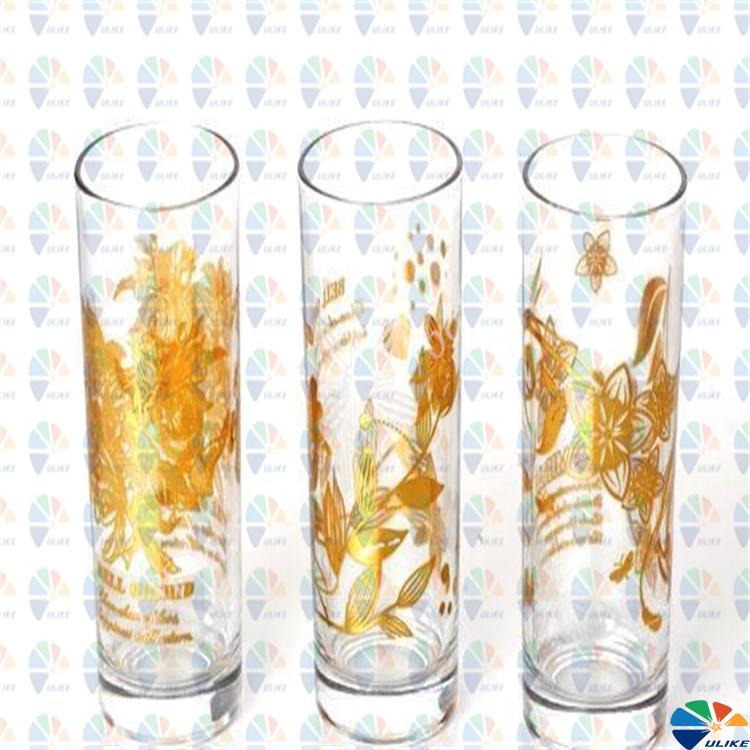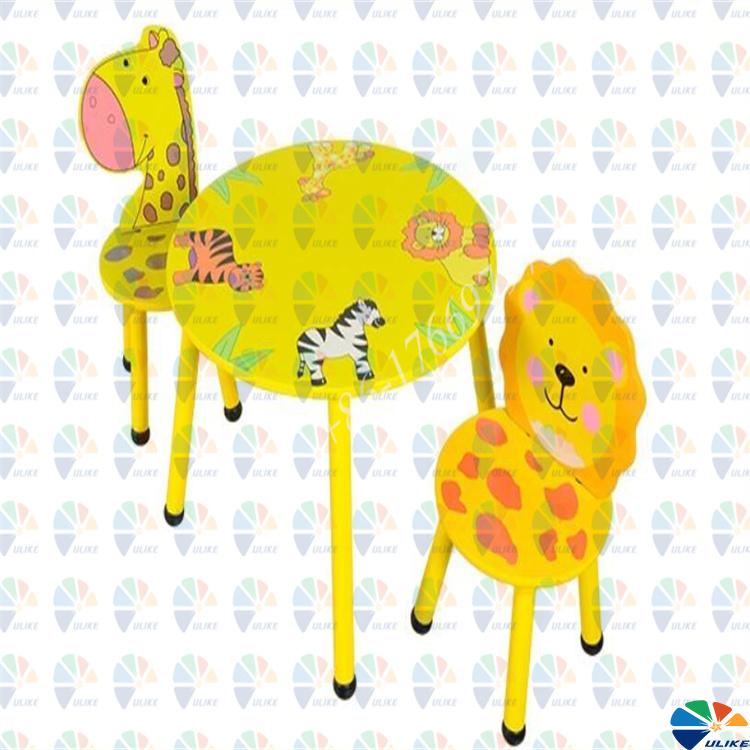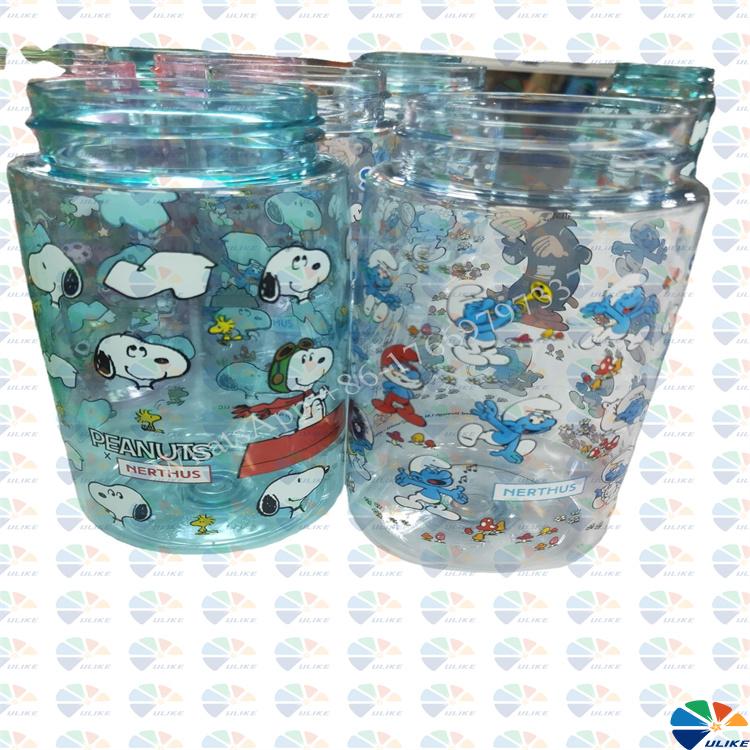What is a thermal transfer machine?
The thermal transfer machines produced by our company have accumulated many years of production experience, combined the strengths of various companies, and adopted standardized design. All mechanical parts are processed by special processes to improve wear resistance. Key parts are selected from high-quality imported parts, which improves the stability and service life of the whole machine, and is easier to operate, stable and reliable. And we can design personalized new series models, tooling components, and special fixtures according to customer needs.

What is a thermal transfer machine?
A thermal transfer machine is a new type of printing machine that transfers the pre-printed thermal transfer film to various substrates by heating and pressurizing the hot iron head. It has high productivity and significant economic benefits, and is an ideal machine for the surface printing and processing industry. It can be hot stamped on flat and curved surfaces of plastic, wood, metal, leather, glass and other products.
The daily maintenance of thermal transfer machines mainly includes the following aspects
1.
Thermal transfer machine maintenance-oil circuit
In terms of oil circuit, lubrication of thermal transfer machines is an important part of maintenance work.
Keeping the oil circuit of the thermal transfer machine unobstructed is related to the lubrication of the entire thermal transfer machine's moving parts.
Specific maintenance methods for the thermal transfer machine's oil circuit
Regularly replace the engine oil and clean the oil circuit filter device to ensure that the oil flowing into the pipeline does not contain impurities and avoid partial oil circuit blockage.
Especially for the needle bearings of the unit's support rollers, if there is no lubrication and cooling of the engine oil, the bearings and the roller shaft will be in dry friction for a long time. When the abnormality is found, the shaft and the inner ring of the bearing have been glued together. In the case of light, the inner ring must be replaced, and in the case of heavy, the roller shaft is seriously damaged.
If the thermal transfer equipment operator understands this, he or she will maintain and clean the machine frequently, and remove the ink accumulated on the machine in time, which can reduce the machine's maintenance rate.
This can not only reduce downtime, improve production efficiency during thermal transfer processing, but also save the cost of replacing spare parts.

2. Thermal transfer machine maintenance-electrical
The maintenance of thermal transfer machine electrical appliances is often overlooked. Sometimes the thermal transfer machine cannot operate because too much dust accumulates at the relay contacts inside the electrical control box, resulting in poor contact of the relay contacts.
There are many other similar problems in the electrical maintenance of thermal transfer machines. For example, excessive dust accumulation in the motor will affect the movement and reset of the carbon brush holder, and will also cause difficulties in the operation of the machine.
3. Thermal transfer machine maintenance-gas circuit
The actions of the ink roller, water roller, off-plate and ink transfer roller of the thermal transfer printing machine are achieved by controlling the cylinder piston movement of the control valve.
Sometimes, the control valve or cylinder leaks, making the thermal transfer rubber roller not close to the thermal transfer printing film.
In addition, due to the accumulation of thermal transfer ink in the action control mechanism, these moving parts are not flexible, which increases the burden of the control valve and cylinder, causing the control valve seal to be easily damaged.
4. Summary of daily maintenance of
thermal transfer machines
The above-mentioned thermal transfer machine maintenance is inseparable from daily supervision and inspection.
Diligent inspection and nipping hidden dangers in the cradle are the magic weapon to ensure the normal operation of the equipment.
Therefore, in daily work, we must constantly learn new knowledge, accumulate experience, and improve the management level and maintenance capabilities of equipment, so as to continuously improve the equipment’s availability and ensure the timeliness and quality of printed products.

![af]() Afrikaans
Afrikaans![sq]() Albanian
Albanian![am]() Amharic
Amharic![ar]() Arabic
Arabic![fr]() French
French![es]() Spanish
Spanish![ru]() Russian
Russian![de]() German
German![hy]() Armenian
Armenian![it]() Italian
Italian![ja]() Japanese
Japanese![ko]() Korean
Korean![pt]() Portuguese
Portuguese![hi]() Hindi
Hindi![az]() Azerbaijani
Azerbaijani![ro]() Romanian
Romanian![pl]() Polish
Polish![th]() Thai
Thai![el]() Greek
Greek![eu]() Basque
Basque![en]() English
English![zh-CN]() Chinese (Simplified)
Chinese (Simplified)![zh-TW]() Chinese (Traditional)
Chinese (Traditional)![be]() Belarusian
Belarusian![bn]() Bengali
Bengali![bs]() Bosnian
Bosnian![bg]() Bulgarian
Bulgarian![ca]() Catalan
Catalan![ceb]() Cebuano
Cebuano![ny]() Chichewa
Chichewa![co]() Corsican
Corsican![hr]() Croatian
Croatian![cs]() Czech
Czech![da]() Danish
Danish![nl]() Dutch
Dutch![eo]() Esperanto
Esperanto![et]() Estonian
Estonian![tl]() Filipino
Filipino![fi]() Finnish
Finnish![fy]() Frisian
Frisian![gl]() Galician
Galician![ka]() Georgian
Georgian![gu]() Gujarati
Gujarati![ht]() Haitian Creole
Haitian Creole![ha]() Hausa
Hausa![haw]() Hawaiian
Hawaiian![iw]() Hebrew
Hebrew![hmn]() Hmong
Hmong![hu]() Hungarian
Hungarian![is]() Icelandic
Icelandic![ig]() Igbo
Igbo![id]() Indonesian
Indonesian![ga]() Irish
Irish![jw]() Javanese
Javanese![kn]() Kannada
Kannada![kk]() Kazakh
Kazakh![km]() Khmer
Khmer![ku]() Kurdish (Kurmanji)
Kurdish (Kurmanji)![ky]() Kyrgyz
Kyrgyz![lo]() Lao
Lao![la]() Latin
Latin![lv]() Latvian
Latvian![lt]() Lithuanian
Lithuanian![lb]() Luxembourgish
Luxembourgish![mk]() Macedonian
Macedonian![mg]() Malagasy
Malagasy![ms]() Malay
Malay![ml]() Malayalam
Malayalam![mt]() Maltese
Maltese![mi]() Maori
Maori![mr]() Marathi
Marathi![mn]() Mongolian
Mongolian![my]() Myanmar (Burmese)
Myanmar (Burmese)![ne]() Nepali
Nepali![no]() Norwegian
Norwegian![ps]() Pashto
Pashto![fa]() Persian
Persian![pa]() Punjabi
Punjabi![sm]() Samoan
Samoan![gd]() Scottish Gaelic
Scottish Gaelic![sr]() Serbian
Serbian![st]() Sesotho
Sesotho![sn]() Shona
Shona![sd]() Sindhi
Sindhi![si]() Sinhala
Sinhala![sk]() Slovak
Slovak![sl]() Slovenian
Slovenian![so]() Somali
Somali![su]() Sudanese
Sudanese![sw]() Swahili
Swahili![sv]() Swedish
Swedish![tg]() Tajik
Tajik![ta]() Tamil
Tamil![te]() Telugu
Telugu![tr]() Turkish
Turkish![uk]() Ukrainian
Ukrainian![ur]() Urdu
Urdu![uz]() Uzbek
Uzbek![vi]() Vietnamese
Vietnamese![cy]() Welsh
Welsh![xh]() Xhosa
Xhosa![yi]() Yiddish
Yiddish![yo]() Yoruba
Yoruba![zu]() Zulu
Zulu




